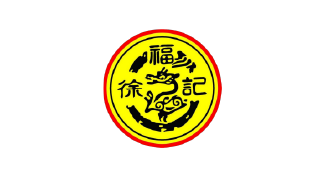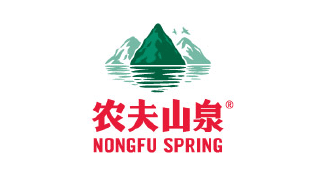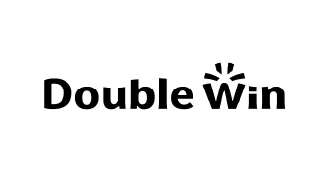AI Case Studies
Food
Through data simulation and predictive analysis, Profet AI aids the food industry in moving towards a direction of safety, health, high quality, and high added value.
Application Scenarios
Process Optimization, Product Quality, Market Forecasting
Status Quo
In Taiwan, the food industry serves as a crucial pillar of the economy, facing new opportunities and challenges brought by globalization and rising consumer demands. According to the Ministry of Economic Affairs of Taiwan, the output value of Taiwan’s food manufacturing industry reached NT$951.6 billion in 2022, accounting for 4.8% of the total manufacturing output.
Challenges
As consumers’ demands for food safety and flavor continue to rise, the food industry faces numerous challenges, including quality management, traceability of raw materials, and bottlenecks in new product development. These factors bring diverse needs and changes to the global food industry. Looking ahead, we believe that the food industry will develop towards safety, health, high quality, and high-added value.
Milk Demand Forecast
The rising prices of raw materials have led to an increase in both inventory and procurement costs. Additionally, the food market’s demand is highly volatile, making predictions based on past sales experiences potentially inaccurate.
Pain Points Analysis:
- Traditional Forecasting Limitations: Relying solely on personnel’s past experiences for predictions, without proper analytical tools, severely limits forecasting accuracy.
- Perishable Raw Materials: In the food industry, most raw materials have a limited shelf life, leading to wastage if overpurchased.
- High Demand Volatility: Market fluctuations are more pronounced than ever, with over-purchasing resulting in waste, and under-purchasing causing production line stoppages due to material shortages.
Outcome Benefits:
- Optimize manufacturing processes through data-driven simulations, improving the accuracy of production and sales planning by 5%.
- Leverage advanced analytical tools to accurately forecast demand, reducing raw material waste and lowering costs by 9%.
Predicting Equipment Clogging Anomalies
In the yogurt production process, pipelines are crucial for transporting milk and yogurt cultures to fermentation tanks and for delivering the finished product. However, pipeline anomalies can lead to production interruptions and quality issues.
Pain Points Analysis:
- High Emergency Repair Costs: Pipeline anomalies cause production halts, necessitating emergency repairs, which increase maintenance costs.
- Multiple Influencing Factors: Pipelines are affected by various factors such as temperature and raw material characteristics, making it difficult to identify issues using traditional statistical methods.
- Production Line Stoppages: Equipment anomalies causing production line stoppages impact output and delivery schedules.
Outcome Benefits:
- Root Cause Analysis: Identifying key factors affecting equipment anomalies, improving product quality by 7.6%.
- Simulation Functions: Early detection of potential equipment issues, preventing downtime and reducing manufacturing costs by 8.8%.
Chicken Essence Production Forecast
In traditional chicken essence production, variations in chicken breed and supply times can significantly impact the final yield.
Pain Points Analysis:
- Numerous Influencing Factors: Various factors affect chicken essence yield, including the water loss rate after thawing the raw chicken and the amount of oil produced during the process.
- Lack of Analytical Tools: Previous detection and statistical methods only provided post-event results, making it difficult to prevent issues beforehand.
- Unpredictable Yield: Yield is influenced by the weight and breed of the chickens, making accurate forecasting difficult and potentially leading to overproduction or shortages.
Outcome Benefits:
- Yield Simulation: Improving the accuracy of yield forecasts through simulations, reducing inventory costs by 8%.
- Root Cause Analysis: Identifying key factors affecting chicken essence yield, improving product quality by 7.6%.





